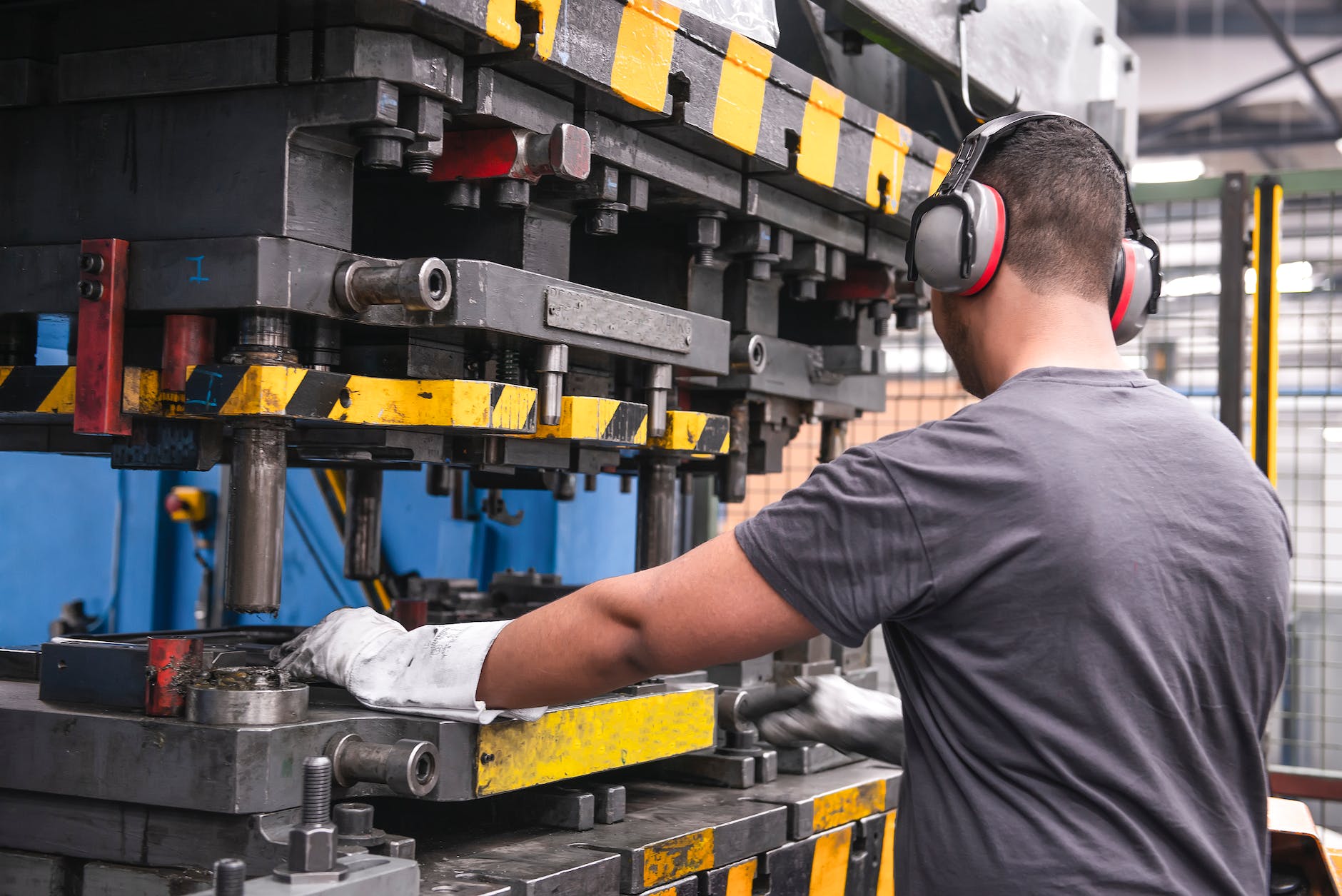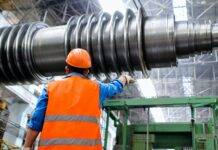
Hearing Protection Fit Testing: Ensuring Proper Device Usage
Introduction
Protecting hearing health in noisy environments is paramount, and the use of hearing protection devices (HPDs) is a common practice. However, simply providing these devices is not enough; ensuring their proper fit is equally crucial. Hearing Protection Fit Testing (HPFT) has emerged as a valuable tool to guarantee the effectiveness of hearing protection and safeguard individuals from noise-induced hearing loss. This article delves into the importance of HPFT, its process, and the benefits it brings to workplace safety.
Understanding Hearing Protection Fit Testing (HPFT)
- Definition of HPFT
- Individualized Assessment: HPFT is a process that assesses the fit and effectiveness of hearing protection devices on an individual basis.
- Customization: It customizes the use of HPDs to ensure optimal protection based on the specific needs of each wearer.
- Key Objectives of HPFT
- Accuracy: Determine the accuracy of the fit of hearing protection devices for each individual.
- Education: Educate individuals on proper insertion and usage of hearing protection.
The Process of Hearing Protection Fit Testing
- Baseline Audiometric Testing
- Initial Assessment: Conduct baseline audiometric testing to establish the individual’s hearing levels.
- Reference Point: Use the baseline as a reference for evaluating the effectiveness of HPDs.
- Selection of Hearing Protection Devices
- Diverse Options: Provide a range of hearing protection devices, considering factors like noise levels, job tasks, and individual preferences.
- Comfort and Compliance: Select devices that are comfortable for the individual to wear consistently.
- Proper Insertion and Adjustment
- Hands-On Guidance: Instruct individuals on the correct method of inserting and adjusting their chosen hearing protection.
- Real-time Feedback: Offer real-time feedback to ensure proper fit during the insertion process.
- Real-Ear Attenuation at Threshold (REAT) Testing
- Objective Assessment: Utilize REAT testing to objectively measure the effectiveness of the hearing protection in real-world conditions.
- Adjustments if Necessary: If protection levels are suboptimal, make adjustments to improve the fit.
- Education on Maintenance and Inspection
- Long-Term Efficacy: Provide guidance on the regular maintenance and inspection of hearing protection devices.
- Replacement Criteria: Educate individuals on when to replace devices to maintain their effectiveness.
Benefits of Hearing Protection Fit Testing
- Personalized Protection
- Individual Variability: Recognize and address the variability in ear canal shapes and sizes among individuals.
- Tailored Solutions: Offer tailored solutions for each person, enhancing overall protection.
- Improved Compliance
- User Comfort: Ensuring comfort and proper fit increases the likelihood of consistent use.
- Employee Engagement: Involving individuals in the fitting process fosters a sense of responsibility for their own hearing health.
- Reduced Risk of Hearing Damage
- Optimized Protection: HPFT minimizes the risk of overprotection or underprotection by optimizing the fit of hearing protection devices.
- Preventive Approach: By preventing noise-induced hearing loss, organizations can avoid potential medical costs and productivity losses.
- Legal and Regulatory Compliance
- Demonstrated Due Diligence: HPFT demonstrates an organization’s due diligence in providing effective hearing protection.
- Compliance Assurance: Ensures adherence to regulatory requirements related to hearing conservation programs.
Integration into Hearing Conservation Programs
- Regular Monitoring
- Periodic Testing: Integrate HPFT into regular monitoring programs to assess ongoing effectiveness.
- Adjustments as Needed: Make adjustments and provide additional training based on feedback and changes in workplace conditions.
- Continuous Education
- Updates on Best Practices: Keep individuals informed about the latest advancements in hearing protection and fitting techniques.
- Addressing Concerns: Address any concerns or discomfort promptly to maintain a positive approach to hearing protection.
Conclusion
Hearing Protection Fit Testing is an indispensable component of a comprehensive hearing conservation program. By customizing the fit of hearing protection devices, organizations not only ensure the well-being of their workforce but also contribute to long-term safety and productivity. The integration of HPFT into regular monitoring and education initiatives establishes a proactive approach to hearing health within the workplace.
How To Prepare Risk Assessment for Noise
Noise Hazards and Control Measures
Frequently Asked Questions (FAQs)
- What is Hearing Protection Fit Testing (HPFT)?
- HPFT is a process that assesses the fit and effectiveness of hearing protection devices on an individual basis, customizing their use for optimal protection.
- What are the key objectives of HPFT?
- The key objectives of HPFT include determining the accuracy of the fit of hearing protection devices for each individual and educating individuals on proper insertion and usage.
- Why is Real-Ear Attenuation at Threshold (REAT) testing important in HPFT?
- REAT testing objectively measures the effectiveness of hearing protection in real-world conditions, allowing adjustments to be made for an improved fit.
- What are the benefits of Hearing Protection Fit Testing?
- The benefits of HPFT include personalized protection, improved compliance, reduced risk of hearing damage, and legal and regulatory compliance.
























